2024 BMW XM Label First Drive Review: Power Play

Love It | Leave It |
|---|---|
Super quick | Objectively poor value over regular XM |
Drives like an M SUV flagship should | Looks still divisive |
Cabin is high-style yet still comfy | Limited production figures |
Oh no. I’ve made a huge mistake.
When I first drove the “regular” XM—a 644-horsepower, $165,000 ($235,000 CAD) plug-in hybrid flagship SUV—I was lukewarm on it. I wrote off the XM as an expensive paradox, caught between the flash of the G-Class and the athleticism of the Cayenne Turbo GT.
I’ve just finished driving the 2024 XM Label through a challenging mountain road not far from its birthplace in Spartanburg, South Carolina and I’m forced to re-evaluate. This XM? This is good, and the one BMW should have started with.
Please label me—sorry, Label
What changes has M wrought on its flagship for the Label (née Label Red) designation? Some are old school: turning up the boost on the 4.4-liter V8 liberates all of the 94 additional ponies, now totalling 738 combined system horsepower. (577 of that comes from the gas engine alone.) Torque is also up, hitting that same 738 figure in pound-feet. The electric motor still uses BMW’s patented pre-gearing stage, which effectively sends over 50 percent more torque (332 lb-ft) to the eight-speed transmission. The XM now needs just 3.7 seconds to dash to 60 mph (96 km/h) according to BMW. Which is famously conservative about these things…
BMW has also tweaked the standard adaptive M suspension for Label duty. The setup includes active roll stabilization, along with adaptive steering. The brake package continues to consist of a six-piston front, single-piston rear arrangement. Rolling stock consists of staggered 23-inch alloys, wrapped in 275/35 rubber up front and colossal 315/30s out back. If you’re feeling modest, 22s are available, but c’mon: this is an XM we’re talking about.
Then there are the looks. It was easy to mock the debut color scheme, with its bright red kindey grille lipstick. But here, with the black-out trim, two-tone wheels, and the wicked-cool Daytona Violet paint, the XM… kinda looks good, right? The relatively subdued color scheme lets the proportions shine, from the long, squinty nose to that heavily tapered tail. I don’t even mind the light-up grille.
Quick and collected
Up in the mountains, the XM is a laugh. It’s effortless quick of course, unloading all 738 horsepower on the poor, unsuspecting South Carolina tarmac with all the subtlety of a large trout to the face. No way the Label posts a run to 60 in anything less than 3.5 seconds, at least here. The V8 sings, and unlike so many other modern turbo units, it appreciates higher revs. Turn in is quick, and the XM hangs on through even the tightest corners. The steering still lacks feedback, but there’s a natural level of weight, little play around the center, and excellent consistency—the latter far from a sure thing with adaptive steering. Like an X3 M, the Label feels more like a tall Touring than an actual SUV, effectively shrinking around its driver with its natural, rear-biased balance.
Body roll is notable by its absence, at least in Sport Plus mode. I pre-emptively wince before activating this most extreme suspension setting, a sort of PTSD from the earlier XM encounter. Yet even over some pock-marked tarmac heading into the hills, the Label is tolerable. Cabin insulation is much better than I remember it being, too.
As we head back towards home base, I wind the Label back to Comfort. The ride is still nuggety, but wholly acceptable for something this potent. The hybrid setup is incredibly optimized: the electric motor can handle most around-town duties just fine. The pre-gearing setup allows the Label to move away from a stop with an EV-only surge that is surprising. When the V8 does come on, it joins near-seamlessly.
All-electric range remains around 30 miles (48 km), though like the X5 PHEV I recently drove, that figure seems conservative. The 19.2 kilowatt-hours of usable capacity requires a little over 3 hours for a full AC recharge.
Extrovert cabin
The Label’s cabin takes a more low-key approach to the living space than the blue-and-brown cabin I experienced in the “regular” model. Well, low-key if you frequent the Merovingian’s nightclub in the Matrix. It’s all black and red, baby—even the throw pillows!
As a straight-forward “sport” cabin, it works though. The two-tone front seats look special; they’re the same seats as the regular XM, so expect lots of support but bolstering that favors the thin. Heat, ventilation, and massaging functions are most welcome, and are practically expected at this price. The back seat is plenty comfortable for adults: this is essentially an X7 platform with just two rows, so again, expected. The Bowers & Wilkins sound system is very powerful and the lit-up speakers are fun, but why is it an additional up-charge?
The cabin layout is more traditional BMW, with easy access to most every function either through the central touchscreen or the digital instrument cluster. BMW has dropped iDrive 8.5 into the Label, which offers some smart usability improvements over the tile-heavy initial launch. It’s an easy system to learn, and there’s plenty of voice activation that works quite well if you’re so inclined.
Dollars and Sense
This thing starts at $159,995 ($222,480 CAD), while the Label swells that sticker to $185,995 ($261,480 CAD). The chassis and powertrain upgrades are unique, while the rest of the visual bits are (mostly) available via BMW Individual.
Rationally, the Label is not really worth the upgrade. But nobody shopping in this elevated space is considering budget. Factor in the limited availability, the greater customization potential, and the better drive, and the Label makes a lot more sense.
Final Thoughts: 2024 BMW XM Label First Drive Review
The 2024 BMW XM Label was one of my genuine surprises of 2023. I went in expecting a quicker XM and little else. I was only half-right. The appeal of quickness is fleeting, too. That’s why the more consistent dynamics are so important: the Label puts clear space between itself and the X5 and X6 M models, something the “regular” model struggled with. Put another way: that Cayenne Turbo GT comparison doesn’t seem so silly now.
Become an AutoGuide insider. Get the latest from the automotive world first by subscribing to our newsletter here.

Kyle began his automotive obsession before he even started school, courtesy of a remote control Porsche and various LEGO sets. He later studied advertising and graphic design at Humber College, which led him to writing about cars (both real and digital). He is now a proud member of the Automobile Journalists Association of Canada (AJAC), where he was the Journalist of the Year runner-up for 2021.
More by Kyle Patrick



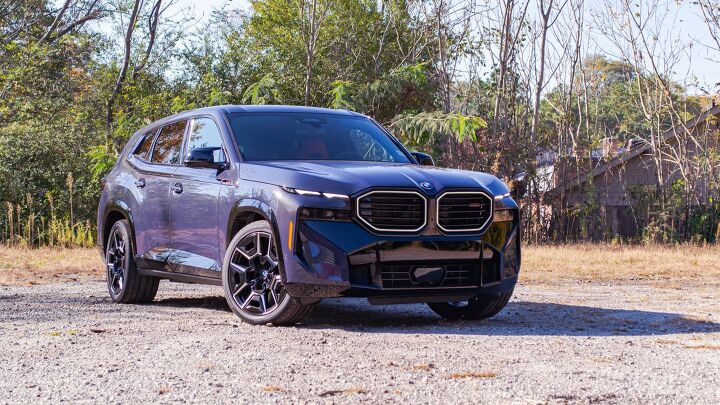
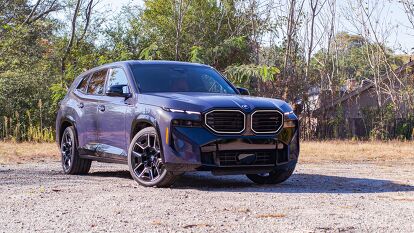












































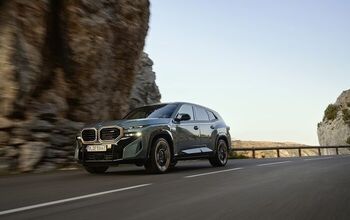

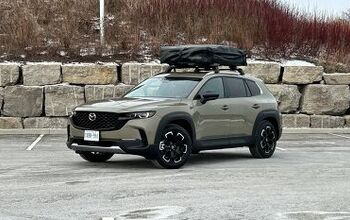





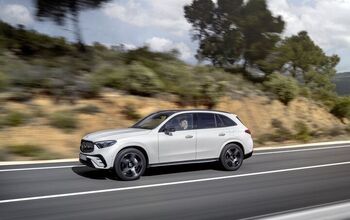






Comments
Join the conversation
NOPE!
Worth every penny of $80k!